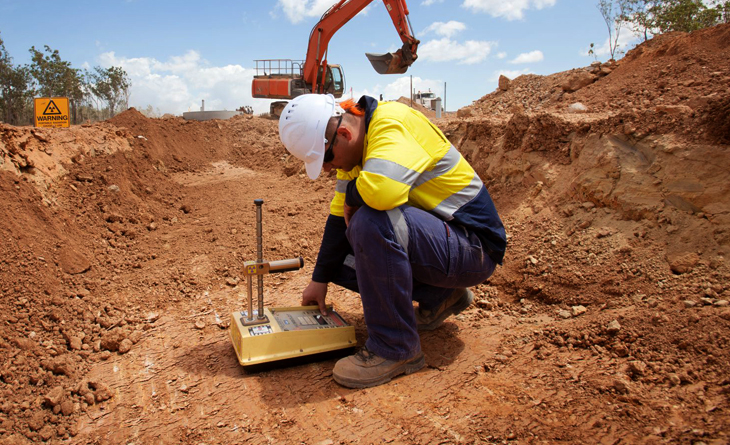Soil testing plays a critical role in the construction process as it entails the evaluation of soil properties and characteristics at a construction site. It provides essential information for engineers, architects, and contractors to make informed decisions regarding foundation design, earthwork compaction, drainage systems, and other construction considerations. This article delves into the importance of soil testing and outlines the procedures involved.
Importance of Soil Testing:
Foundation Design: The foundation is the most critical component of any structure, and its design relies heavily on the properties of the underlying soil. Soil testing helps determine the load-bearing capacity, compressibility, and settlement characteristics of the soil, enabling engineers to design suitable foundations that can support the anticipated loads.
Stability Assessment: Soil stability is vital for various construction activities, such as excavations, embankments, and retaining walls. By conducting shear strength tests, soil testing allows engineers to evaluate the soil’s resistance to failure and design structures that can withstand potential forces, such as lateral pressures and slope stability issues.
Earthwork Compaction: Proper compaction of soil is essential to prevent settlement and ensure the stability of structures. Soil testing, particularly compaction tests, helps determine the maximum dry density and optimum moisture content of the soil, guiding contractors in achieving adequate compaction during earthwork activities.
Drainage Design: The permeability of soil plays a significant role in drainage design. Soil testing allows engineers to assess the soil’s permeability characteristics, helping them design effective drainage systems to prevent water accumulation, mitigate potential problems like seepage, and ensure the stability and durability of the structures.
Material Selection: Soil testing helps in selecting appropriate construction materials. By analyzing the soil composition, engineers can identify its suitability for various applications. For example, cohesive soils like clay may require special treatment or stabilization techniques. While granular soils like sand and gravel may be suitable for use in backfilling or as foundation materials.
Soil Testing Procedures:
Site Investigation: The first step in soil testing is a comprehensive site investigation. This involves visually assessing the site, identifying soil types, and determining the locations and depths for soil sample collection. Site investigations may also include reviewing geological maps, topographic surveys, and historical data to gather additional information.
Soil Sample Collection: Soil samples are collected from various depths and locations within the construction site using specialized tools like soil augers, hand augers, or mechanical drilling rigs. Samples should be collected across different areas to account for possible variations in soil properties.
Laboratory Testing: Once collected, the soil samples are sent to a laboratory for testing. Different laboratory tests are conducted based on the project requirements. These tests may include visual analysis, grain size analysis. Moisture content determination, compaction tests, shear strength tests, permeability tests, and others.
Test Interpretation and Reporting: After completing the laboratory tests, the results are interpreted to provide meaningful insights. Engineers analyze the data and prepare a comprehensive report that includes the test results. Interpretations, and recommendations for construction design and techniques. The report serves as a valuable reference for engineers, architects, and contractors during the construction phase.
Conclusion:
Soil testing is a fundamental aspect of the construction process that guarantees the safety, stability, and longevity of structures. By evaluating the properties and characteristics of the soil, engineers can design appropriate foundations, assess stability, and achieve proper compaction. Design efficient drainage systems, and select suitable construction materials. Investing in thorough soil test significantly reduces the risks associated with construction, leading to successful and long-lasting projects.

